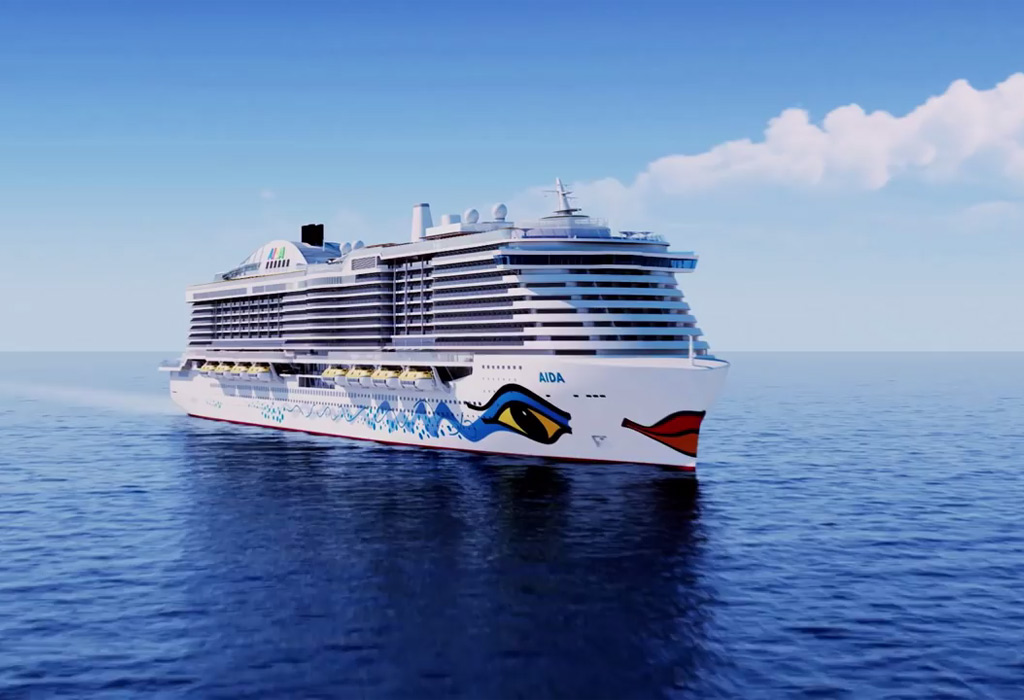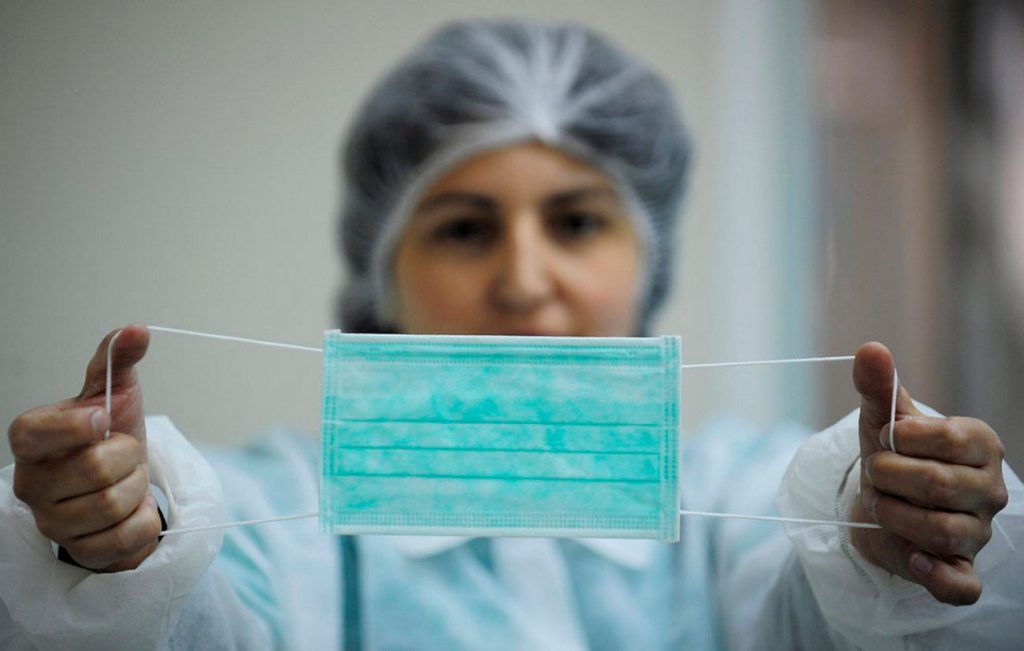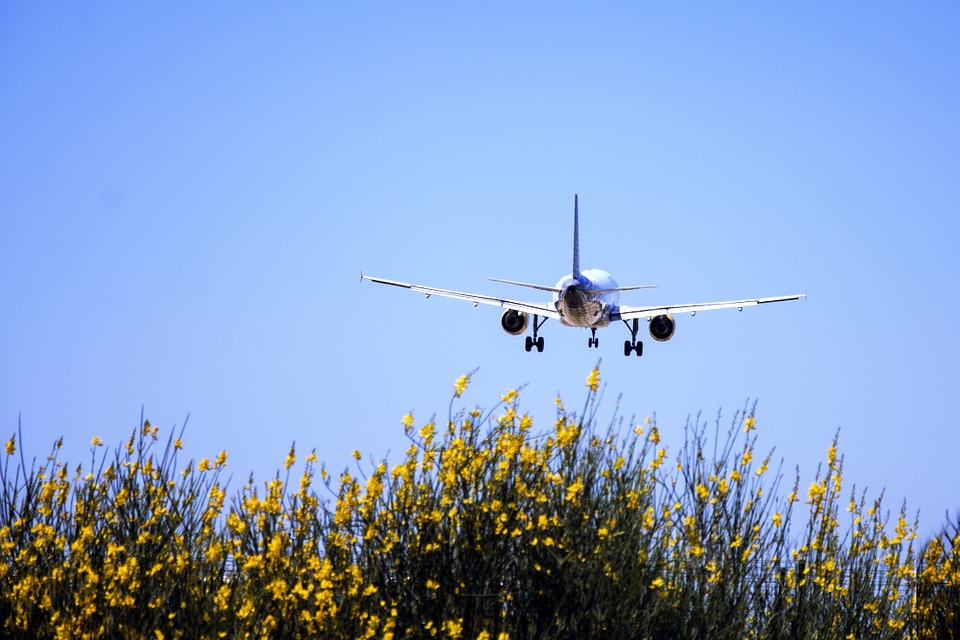At around 2:00 p.m. on Saturday, December 2, 2017, the second and last engine room module for AIDAnova – which was manufactured by the Neptun shipyard in Rostock Warnemünde – will begin its journey to the Meyer shipyard in Papenburg.
 The second floating part, a so-called Floating Engine Room Unit (FERU), is 120 meters long and 42 meters wide. The four-deck-tall component contains the three LNG tanks for AIDAnova. Two of the tanks are both just shy of 35 meters in length, have a diameter of eight meters and a volume capacity of 1,550 m3 each.
The second floating part, a so-called Floating Engine Room Unit (FERU), is 120 meters long and 42 meters wide. The four-deck-tall component contains the three LNG tanks for AIDAnova. Two of the tanks are both just shy of 35 meters in length, have a diameter of eight meters and a volume capacity of 1,550 m3 each.
A third and smaller tank with a diameter of five meters is 28 meters in length and has a volume capacity of approx. 520 m³.
With the construction of the engine room modules at the Neptun shipyard in Rostock and the investment in the four Caterpillar dual-fuel engines, AIDA Cruises not only strengthens regional cooperation, but is also an important driver of the local economy. More than 500 shipyard workers and 500 external employees from other service providers are currently employed at the Neptun shipyard. In addition, there are 120 Caterpillar employees who assembled the engines.
With this milestone, AIDA is also beginning the count-down to the start of AIDAnova’s premier season: In exactly 365 days, on December 2, 2018, the world’s first cruise ship that – thanks to four dual-fuel engines – can be operated both in port and at sea with the currently most environmentally friendly and lowest-emission fossil fuel, will start its first season as it leaves Hamburg and sets sail for the Canary Islands.
Its twin ship with over 180,000 GT and 2,600 staterooms is set to be commissioned in the spring of 2021.
Bookings are now available
In its premier season starting in December 2018, AIDAnova will offer seven-day trips around the Canary Islands. But first the new ship will come to Hamburg. On December 2, 2018, the new ship will visit the Hanseatic City on the Elbe. From here, it will set off towards Gran Canaria.




